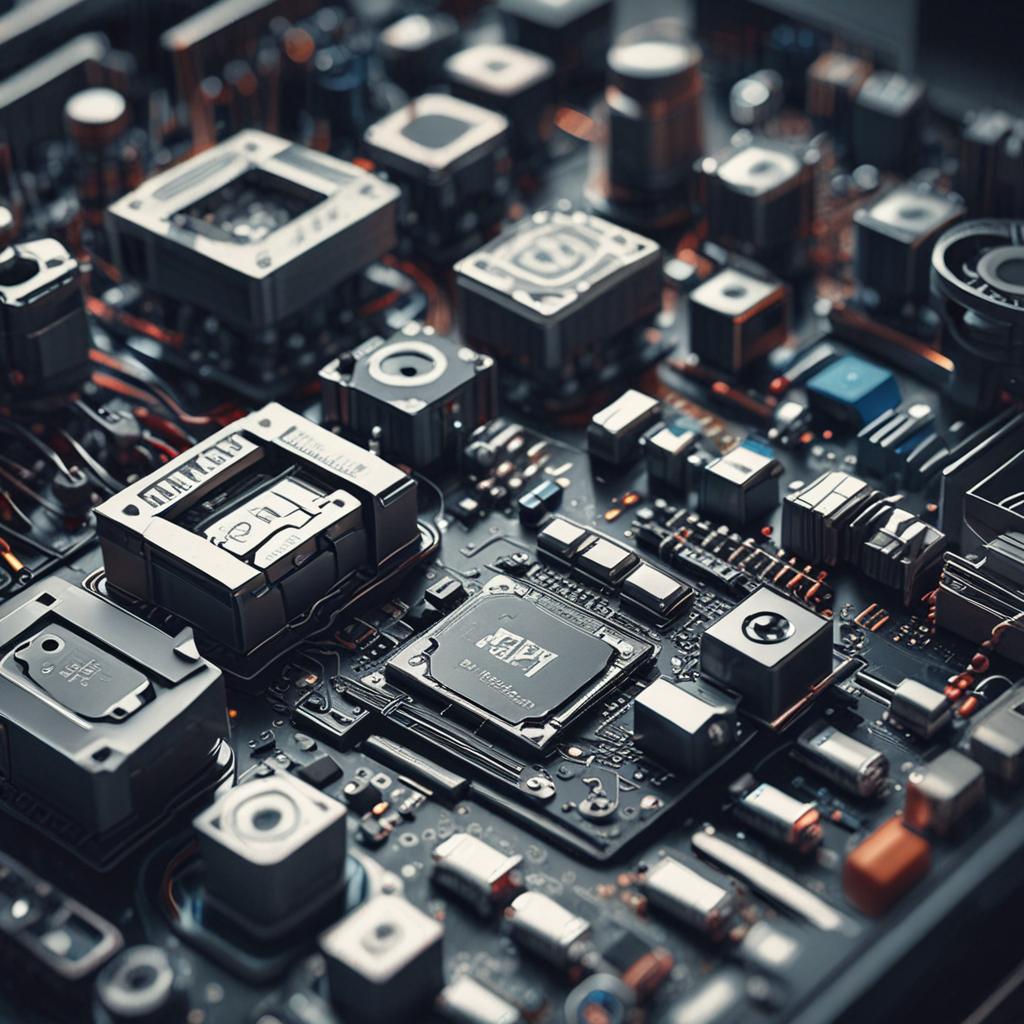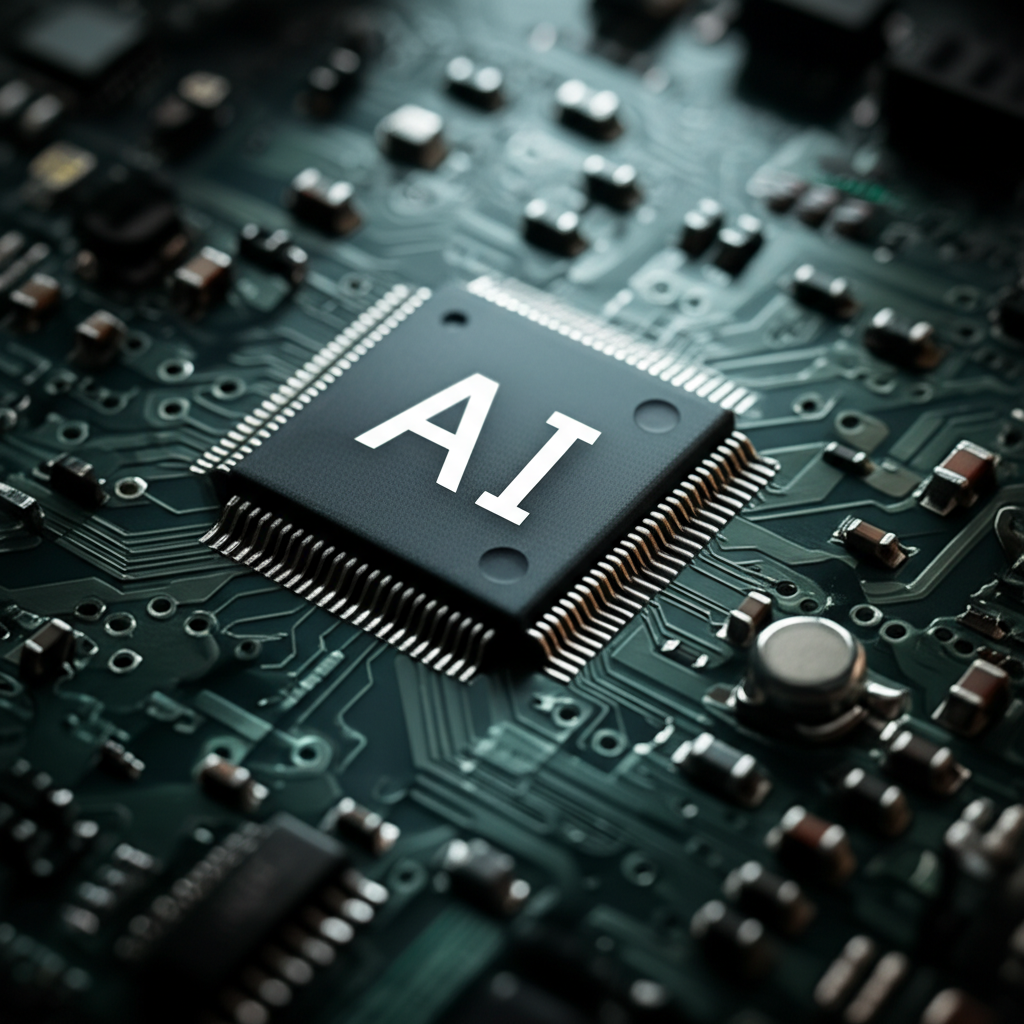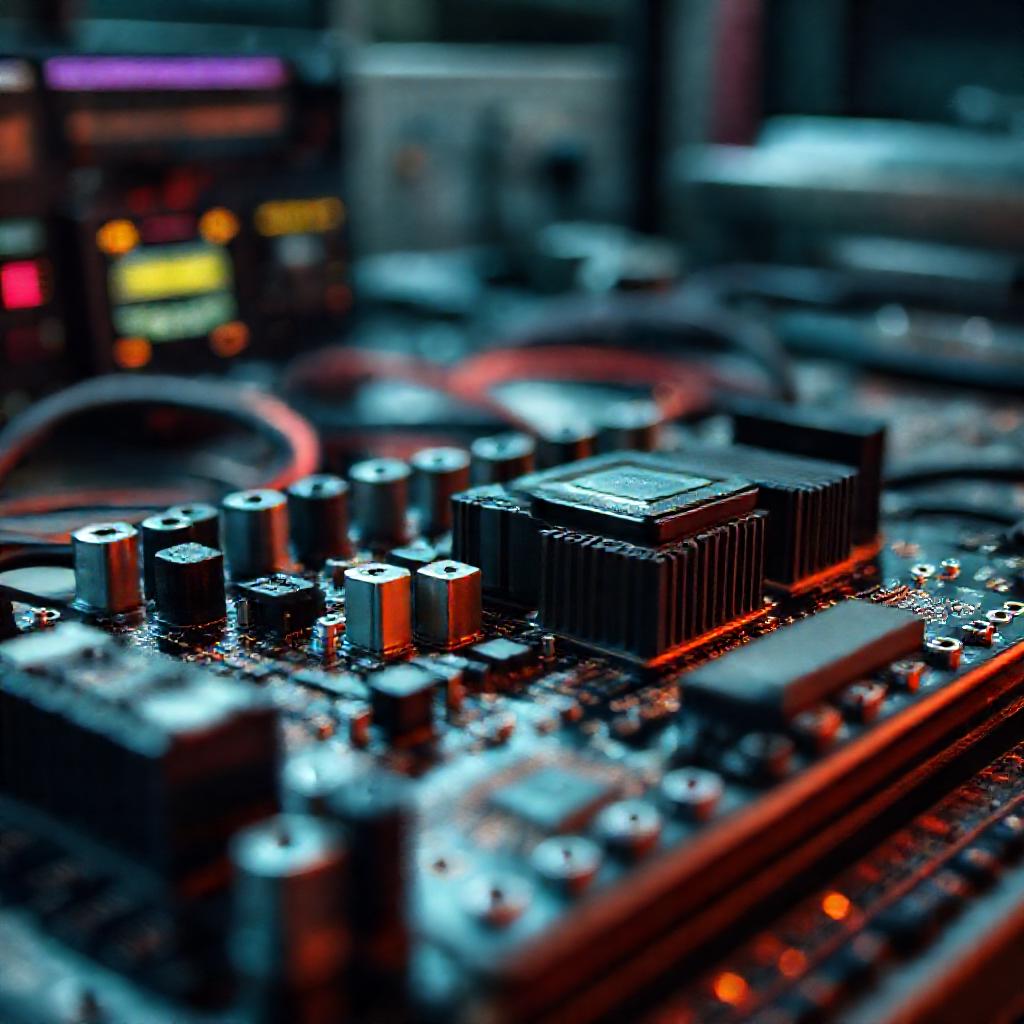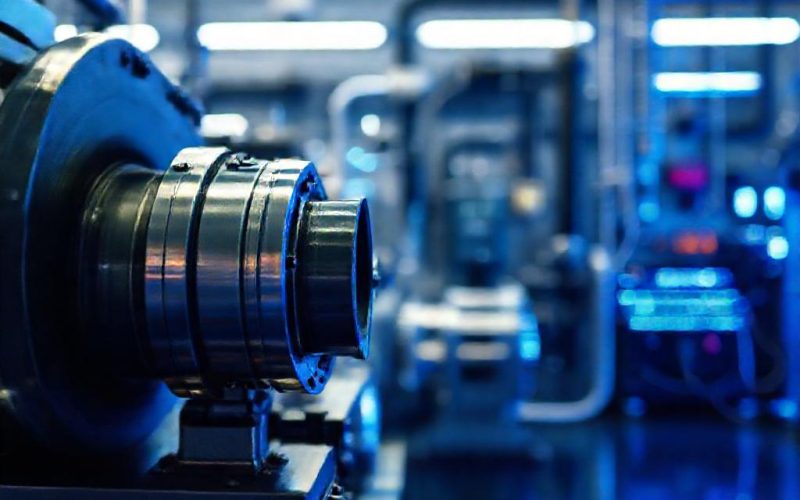Table of Contents Show
In the world of industrial operations, the goal of minimizing downtime and maximizing efficiency is paramount. Predictive maintenance, a data-driven approach that uses advanced analytics to forecast equipment failures, is revolutionizing how companies achieve these goals. With the integration of Artificial Intelligence (AI), predictive maintenance is not only becoming more accurate and reliable but also more accessible to a broader range of industries. This article explores the role of AI in predictive maintenance, its benefits, and the future of this transformative technology.
Introduction to Predictive Maintenance with AI
Predictive maintenance is a proactive approach that leverages data and analytics to predict when equipment is likely to fail, allowing for timely maintenance before a breakdown occurs. This method stands in contrast to traditional reactive and preventive maintenance, which are often less efficient and more costly. By integrating AI, companies can analyze vast amounts of data in real-time, making predictive maintenance more precise and effective. The potential of AI in predictive maintenance is immense, promising reduced downtime, increased efficiency, and significant cost savings.

The Basics of Predictive Maintenance
What is Predictive Maintenance?
Predictive maintenance involves using data from sensors and historical records to predict when equipment is likely to fail. Unlike reactive maintenance, which addresses issues after they occur, and preventive maintenance, which follows a fixed schedule, predictive maintenance is data-driven and proactive. It allows organizations to perform maintenance only when necessary, reducing unnecessary downtime and costs.
Benefits of Predictive Maintenance
Features table for Benefits of Predictive Maintenance
Adopting predictive maintenance offers several advantages, including:
- Reduced Maintenance Costs: By performing maintenance only when needed, companies can save on labor and parts.
For example, a manufacturing plant in Germany implemented predictive maintenance and saw a 20% reduction in maintenance costs and a 15% increase in equipment uptime.
The Role of AI in Predictive Maintenance
Introduction to AI in Maintenance
AI technologies, such as machine learning (ML) and deep learning, are transforming predictive maintenance by enabling the analysis of large, complex datasets. These technologies can identify patterns and anomalies that humans might miss, leading to more accurate predictions of equipment failures. By integrating AI, organizations can make data-driven decisions that optimize maintenance operations and improve overall performance.

Applications of AI in Predictive Maintenance
Predictive Analytics
AI-driven predictive analytics use historical and real-time data to forecast equipment failures. By analyzing trends and patterns, AI models can predict when a piece of equipment is likely to fail, allowing for timely intervention. For instance, a predictive analytics system at a power plant accurately predicted a turbine failure, saving the company over $100,000 in repair costs.
Condition-Based Monitoring
AI enables real-time monitoring of equipment conditions, providing immediate alerts when potential issues arise. This allows maintenance teams to respond quickly, preventing minor problems from becoming major failures. A mining company implemented AI-driven condition-based monitoring and reduced its equipment downtime by 30%.

Automated Decision Making
AI can automate decision-making processes based on predictive insights, streamlining maintenance operations. For example, an AI system can automatically schedule maintenance tasks, allocate resources, and generate work orders, reducing the need for manual intervention. This not only speeds up the maintenance process but also ensures that tasks are performed consistently and accurately.
Implementing AI in Predictive Maintenance
Implementing AI solutions for predictive maintenance involves several steps:
- Selecting the Right AI Technologies: Choose AI models and tools that align with your specific maintenance needs and data infrastructure.
Challenges in implementation include data quality issues, the need for significant upfront investment, and the requirement for skilled personnel. However, the long-term benefits often outweigh these initial hurdles.
Case Studies and Success Stories
Real-World Applications of AI in Predictive Maintenance
Case Study 1: Aerospace Industry
A major aerospace company implemented an AI-powered predictive maintenance system to monitor the health of aircraft engines. The system analyzed data from sensors and historical records to predict potential failures, resulting in a 40% reduction in unscheduled maintenance and a 25% increase in fleet availability.
Case Study 2: Manufacturing Plant
A manufacturing plant in the automotive industry faced frequent breakdowns of its robotic arms. By implementing an AI-driven predictive maintenance solution, the plant was able to identify and address issues before they caused downtime. This resulted in a 30% reduction in maintenance costs and a 20% increase in production efficiency.
Challenges and Future Directions
Overcoming Challenges in AI Adoption
Organizations face several challenges when adopting AI for predictive maintenance:
- Data Privacy Concerns: Ensuring the security and privacy of sensitive data is crucial.
These challenges can be addressed through robust data management practices, training programs, and ongoing model refinement.
Future of AI in Predictive Maintenance
The future of AI in predictive maintenance is promising, with several trends and advancements on the horizon:
- Integration of IoT: The Internet of Things (IoT) will provide even more real-time data, enhancing the predictive capabilities of AI systems.
Conclusion
The role of AI in predictive maintenance is transformative, offering the potential to make maintenance operations more proactive, efficient, and cost-effective. By leveraging AI technologies, organizations can predict and prevent equipment failures, reducing downtime and improving overall performance. As AI continues to evolve, the future of predictive maintenance looks bright, with new advancements and integrations on the horizon. Encouraging readers to explore AI solutions for their predictive maintenance needs is a step towards a more reliable and efficient future.
FAQ
1. What are the primary benefits of using AI in predictive maintenance?
The primary benefits include reduced downtime, increased efficiency, and significant cost savings. AI enables more accurate and timely predictions of equipment failures, allowing for proactive maintenance.
2. How does AI improve the accuracy of predictive maintenance?
AI improves accuracy by analyzing large datasets and learning from historical data to identify patterns and anomalies. This leads to more reliable predictions of equipment failures.
3. What are the common challenges in implementing AI for predictive maintenance?
Common challenges include data quality issues, the need for skilled personnel, and significant upfront investment costs. Addressing these challenges requires robust data management, training programs, and financial planning.
4. Can AI completely replace human judgment in predictive maintenance?
AI can significantly augment human capabilities but cannot completely replace human judgment. Human oversight and decision-making are still essential for interpreting AI insights and making final maintenance decisions.
5. What role will IoT play in the future of AI-powered predictive maintenance?
IoT devices will provide more real-time data, enhancing the predictive capabilities of AI systems. This integration will enable faster and more accurate predictions, leading to more efficient and reliable maintenance operations.




